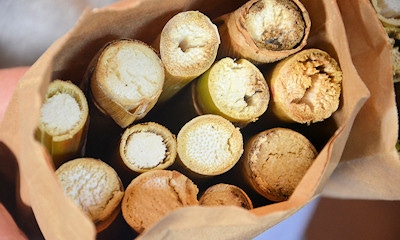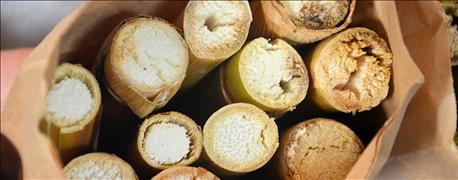
Meg Leader thinks you ought to think seriously if you aren’t one of the more than 350 farmers already participating in the Infield Advantage testing program. She is the state coordinator for the program, and is also on the ISDA staff.
Some 98% of the farmers who participate are in Level 1 of the program, she notes. It’s called guided stalk sampling, or GSS. Leader or someone who works with her arranges for imagery of your field or fields that are in the program during the season, and a crops consultant collects stalk samples after black layer for N-stalk sampling.

N STALK SAMPLING: Taking stalk samples and utilizing the information to assess nitrogen management is a key part of the INField Advantage program.
Why does ISDA care about nitrogen efficiency on someone’s farm? We asked that question of Leader, coordinator of the program, along with other questions. Here are her responses.
IPF: Why is ISDA involved in the Infield Advantage program in the first place?
Leader: While the intent of INFA is to help the grower improve his or her nitrogen efficiency, it’s our belief that improving nitrogen efficiency will reduce the amount of nitrogen available to run off the field. Less nitrogen leaving the field means less N in our waterways, and an improvement in the quality of water leaving the state.
Will every farmer who participates change his N management program?
Leader: While not every grower that participates will make major changes in their operation, most winter meetings (for farmers who participate) include attendees with a wide range of management choices. By talking to each other and comparing similar results, it’s our hope that they will see where minor or major management changes might have a large impact on their operation.
How does a farmer find out more about this program?
Leader: The first place to find more information is our Website: INfieldAdvantage.org. You can use the contact form on the Website, and I will direct them to a local leader. Or you can call me directly, or call your local soil and water conservation district office. Often someone with the SWCD staff leads the program. If not, they can refer you to ISDA field staff.
About the Author(s)
You May Also Like




